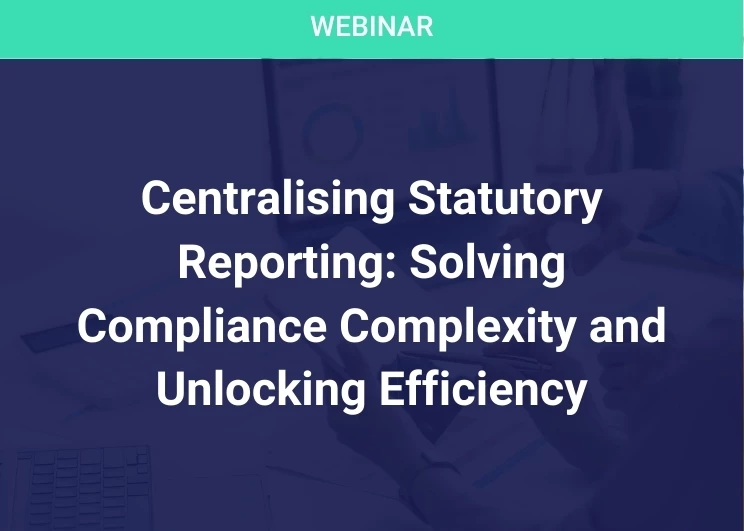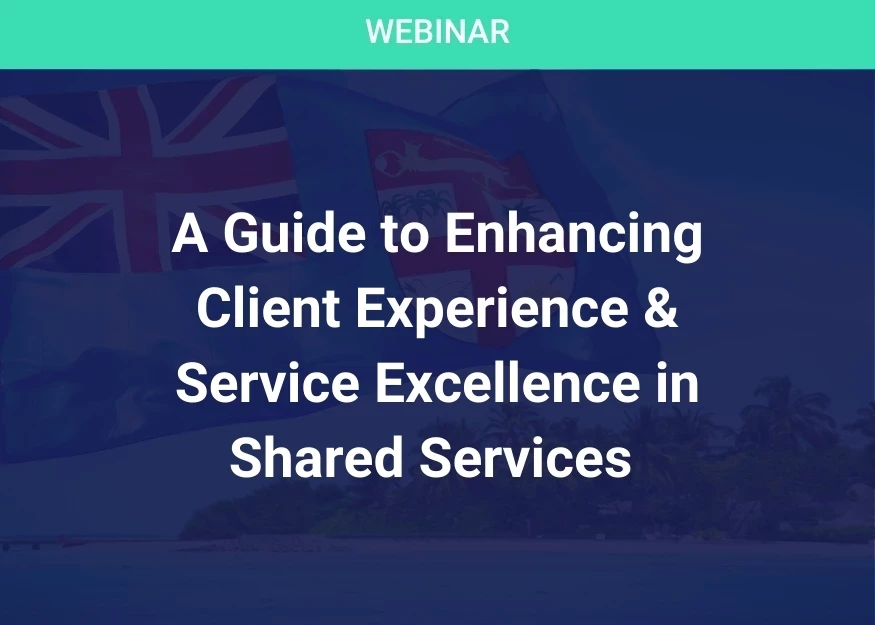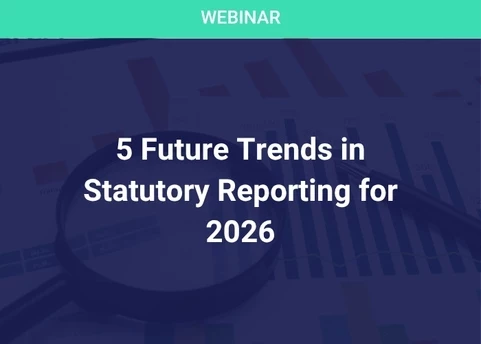What is "Lean" HR Service?
Add bookmark
SSON recently spoke with Steven Brown, who in his previous role as head of global talent acquisition at GE Healthcare, pushed "lean" across all aspects of the recruitment process. Having started on the operational side, as a client of recruitment services, Steven knows only too well how quickly a bottleneck is translated to "bad service" – and what it costs the operation in terms of time lost. Today, at GE Healthcare, the recruitment team and its in-house clients work in a strong partnership and continuous improvement has become a daily mantra. RPO has become a strong element of the lean process at GE healthcare. KellyOCG has become a long-time trusted partner in GE Healthcare’s lean HR services strategy.
SSON interview with Steven Brown, Sr. Human Resources Manager, CT & AW - GE Healthcare
Recruitment process outsourcing is increasingly making headlines as corporations seek the flexibility of scale it offers, as well as the expertise of specialist recruiters. We ask Steven Brown, previously Global Talent Acquisition Leader for GE healthcare, how RPO supports GE Healthcare’s competitive edge.
BH: Steven, could you please start out by explaining how the RPO partnership between KellyOCG and GE Healthcare came about?
SB: The partnership between Kelly and GE goes back about 11 years. But the partnership specifically between Kelly and GE Healthcare, around Lean, really started in 2006. At that point, my predecessor was really looking for opportunities to improve overall customer service and customer delivery of the staffing process. That's when Kelly and GE Healthcare really sat down and did – in GE terms – a workout, meaning, taking a look at all the processes and trying to evaluate how we could improve on them.
And so they looked at key metrics with regards to cycle time. They looked at key services with regards to overall customer satisfaction. Now the interesting thing was that previously, we didn't look at Lean to be applied to staffing, even though we had used it elsewhere around GE Healthcare. GE has, as you know, a strong history in Six Sigma, and Lean was really adopted for our manufacturing workforce.
But we thought there were elements, in regards to workflow, bottleneck, time to delivery, etc., in some of those processes, where Lean thinking could be applied.
I was actually an HR manager at the time, and so I was a customer of this staffing process. About a year and a half later is when I actually joined the staffing team as a US staffing leader, and continued a lot of the methodology. But as most of my HR background has been tied into operations, I certainly got what Lean process was all about.
Part of the challenge, when you adopt a Lean process, is not just the implementation but continuous improvement around that. You can't just put Lean in and just say, well, I'm done. You need to continue to listen to what the customers are saying, continue to look at your key process indicators, and continuously evaluate: where can we eliminate waste? And in our case, eliminating ‘waste’ meant eliminating the delays, the bottlenecks in the process. And so I went from customer to supplier, and really, over the three years that we’ve been doing this, we went from being just US-based, to applying some of these concepts globally.
BH: And does your team run these processes globally?
SB: Well, yes. Having started as US staffing leader, I then took on the responsibility of global staffing leader. And so a lot of the conversation, the methodology, the principles… while not fully adopted globally, were nevertheless easily applied, because much of this thinking is just best practices, right?
BH: Of course.
SB: So, if you look at them as best practices, then you can share them. Maybe not the entire value stream map, because each of those really needs to be adopted locally. But at least the methodology and the best practises were starting to move beyond the US.
BH: When you were a customer, Steven, what were your biggest complaints? And how did you feel, as a customer, that the changes being instituted with Lean were improving your experience?
SB: That's a great question. As a customer, I always thought that the staffing function should have candidates waiting for me – because they should read my mind, right!? So they should know when I had an opening forthcoming and needed candidates. I think when they started introducing some of the changes in staffing, one of the things that really helped was that they share, with all HR managers, the target date and the target cycle time – which is approximately 60 days. And within these 60 days, they share the breakdown of when things should happen. In fact, not only when things should happen, but also who had ownership during the sub-cycle processes. I think previously, this was probably a bit of a mystery.
Again, as a customer, I thought: why couldn't they just have a slate of candidates waiting? But when they laid out the process – for example, between days 1-3, you host a job launch – well, what that meant was that I had to actively work with staffing to talk about that job. And days 3-10, they would begin sourcing candidates. And then by day 15, they would send me candidates. And then I had to provide them with feedback. Etc.
So it was a really nice way of laying out the ownership and the process. I have to say that was the first time the process made sense to me. And it highlighted the partnership that needs to happen. And part of that partnership is knowing how to continue to improve it.
BH: So, now you've got this new process, how do you build continuous improvement into it? What I mean is, how do you get the client to engage – because Lean requires both sides’ inputs, right?
SB: Yes, so part of the conversation during the job launch is, here's your role and here's my role. We agree to have regular meetings to make sure we're flowing along. So you put those operating mechanisms in early within the process and you can then check if there is a kink in your process. For example, have you changed the profile of the candidate? And if you have, let's stop and look at where we are, where we need to go… because now you have changed something within the system. Again, going back to my operational days, you literally have to step back and look at the whole process as separate ‘points’. You don't go all the way to the end and say, I guess it didn't work. Frankly, when you look at Lean and continuous improvement, it is common sense. It’s about saying: what is the best way for delivery? What do you need in place in order to get a better result?
BH: What were some of the hurdles? I imagine you experienced a certain amount of push-back?
SB: Sure. The client just wants the end-result. And suddenly you’re asking him to get more involved? The way that we manage this conversation – and, again, it's an ongoing conversation – is that we have to look at bringing on talent as an investment, same as you look at capital equipment. The more that you can get people to understand, and the more they're involved, the better the output will be. Not that we're asking them to do the job, but we're asking for their partnership.
Initially, the reaction was predictable: Listen, you're the staffing professional, I just want to get to the end result, and I want the product to be fantastic. Once people started seeing the results, it not only improved cycle time, but it also improved diversity metric (women and people of color) . Being a customer doesn't exempt you from being involved with the process. In fact, it should encourage you to be involved with the process, because you have to live with the result.
BH: When you were responsible for the global talent management, how were you in effect benefiting GE Healthcare? How were you making a difference?
SB: Ultimately, when you look at a staffing process that works well, in essence, you have reduced the amount of time in a vacancy. So, if you are able to engage your management team, your hiring managers, early, then you're able to fill those jobs in a very smart, timely way. Therefore, the productivity of the team and the enhancement of the talent you're bringing in has a direct impact on the bottom line.
We only use Kelly for our US team. Outside the US, Kelly is not our RPO provider. And yet the principles that we established in the US with Kelly have been elements that we've started to use much more broadly, outside of the US.
BH: So, given everything else you've explained, why outsource the recruiting function? How does that fit in with the Lean strategy, the Lean idea?
SB: I would have to separate those two ideas. We already had the RPO relationship before we moved to Lean. So, what the RPO allows us to do, really, is twofold. One, it allows us some scalability. So, as our volume, our hiring volume, changes up and down, it allows us to either add or take resources off the program, so we're able to continue to meet the overall customer needs.
The second piece is that, when we look at the competencies related to being a recruiter, we had to decide: did we want to build that competency in-house, or did we want to buy that competency? And the conversation it really led to was: if you want to be really good, ie, have a really strong recruiting model, then we should probably have people who want to be recruiters doing the work, as opposed to an in-house model, where you may end up having two challenges: One is, you have recruiters who really want to be HR managers, but recruiting is their stepping stone into being an HR manager. Or the second challenge: you have recruiters who you may not be able to grow and stretch, because there is not an internal career ladder, and that is not your focus, as people come and go. So we just made a conscious decision – of all the HR roles we want to have within our organisation, did we want to concentrate on this pool of talent? And eventually we decided, no, we didn’t. We think it's okay to buy as long as the process is seamless. We don’t emphasize the fact that we are "outsourcing", but rather that we're using professional recruiters and staffing strategists to help fill our jobs.
BH: Do you think it's important to make that distinction, Steven? Do you think there's a hesitancy related to anything that's termed outsourcing?
SB: Yes, I think so. Think about it. If you had a choice to have something done within the company versus outsourcing it, sometimes the perception is that outsourcing means maybe it's less important. In-house may imply you have more ownership in the outcome.
So we are careful when we talk about KellyOCG, or any of our RPO providers, to emphasize that they're part of the GE Healthcare staffing solution. In the US, they are actually co-located on-site with the GE staffing group. Outsourced is not disconnected. It is connected to our staffing solution.
BH: Back to Lean, for a moment. Would you not say that the ideas underlying the move to RPO really support the goals of a Lean environment?
SB: I would even go further than that, First of all, you can't separate the two. And secondly, Lean is here to stay. It is part of our solution. We could not imagine a staffing function that does not incorporate Lean anymore. Lean is completely embedded with RPO.
BH: I imagine Lean has also massively impacted KellyOCG’s organisation.
SB: Yes, I think they have benefited from this as much as GE Healthcare has benefited from it.
BH: Steven, thank you so much for your time.





















